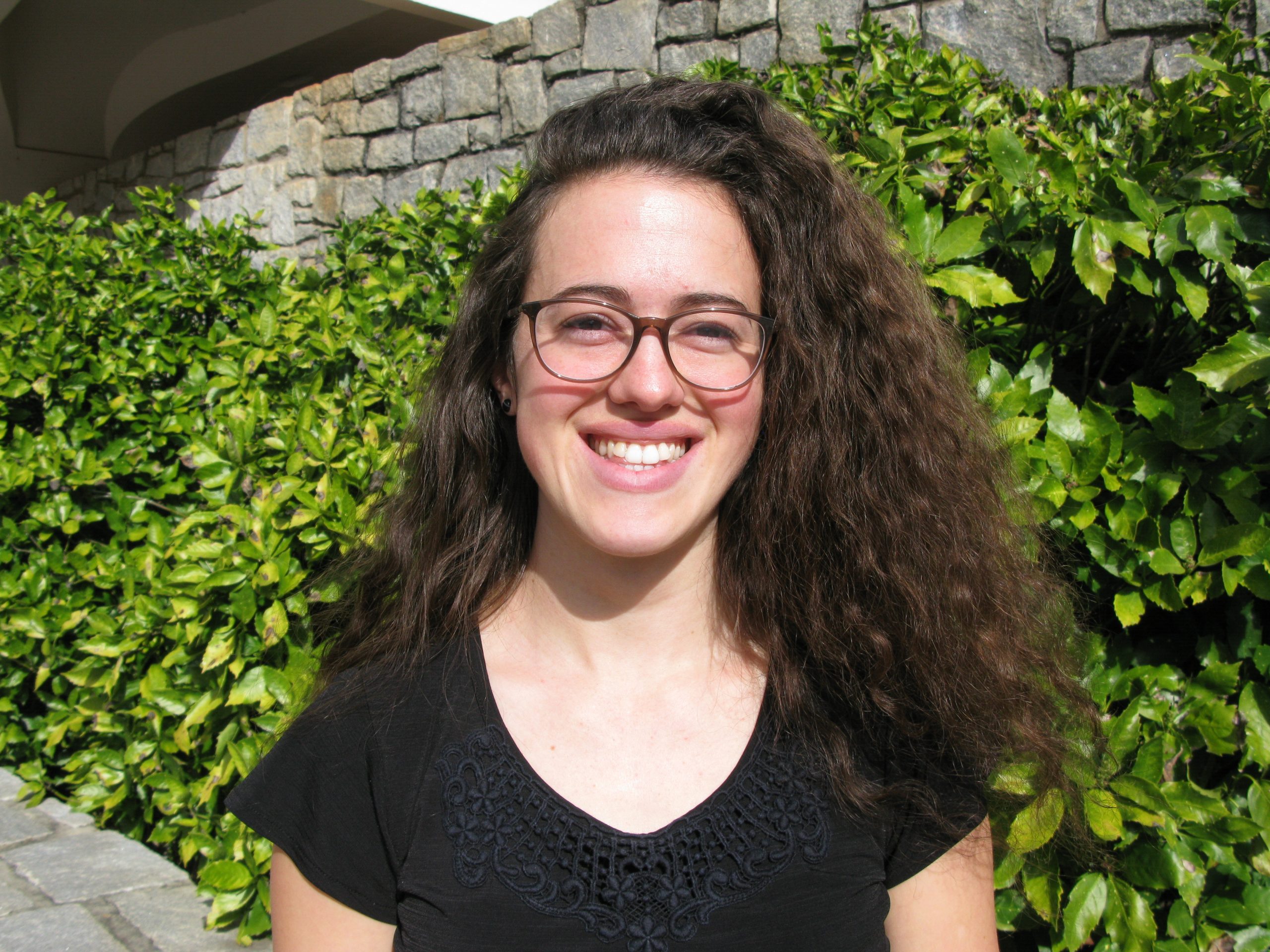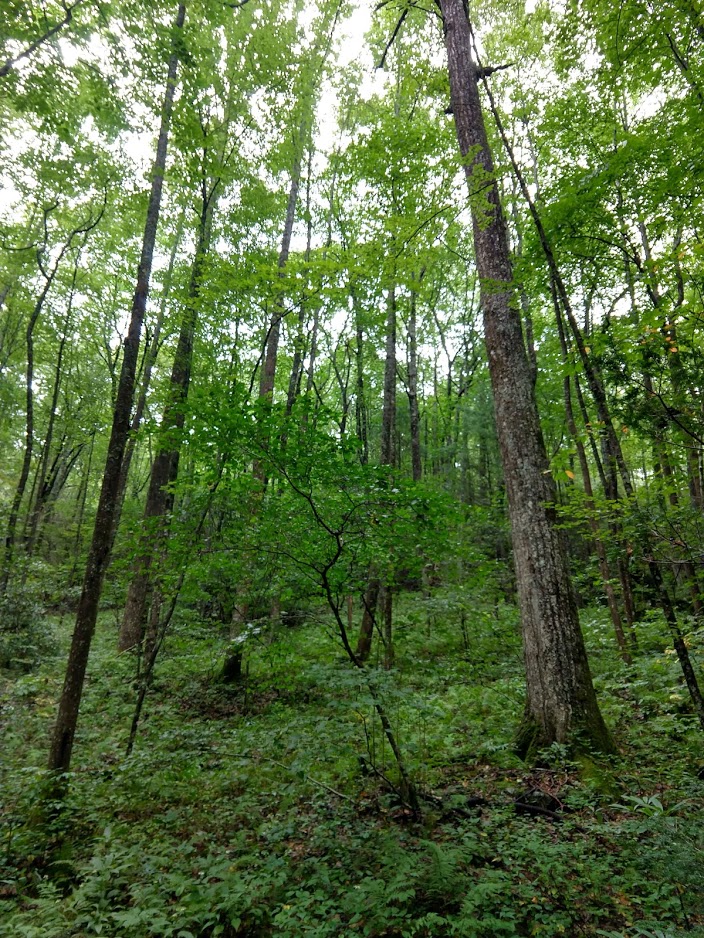Trees are all over, above us and below us. They connect soil to the atmosphere. They create forests and confer their beauty on our city. In Athens we have the tree that famously owns itself, a white oak. Maybe you've taken a stroll through Oconee Forest Park or noticed the smell of the woods on a crisp fall day. These woods are patches of what once spread across the land now occupied by neighborhoods and campus. Besides oaks and hickories, other natives include slash and shortleaf pines. Your tall neighbors outside are comprised of a plethora of species. This diversity provides varying physical structure, different types of fruit, and leaves that decompose into the soil at different rates. These components are crucial to a healthy forest ecosystem. But so is time. It's not unusual to find an oak in Athens that is 100 years old. A few hours' drive from Athens there are tulip trees over 700 years old, though few trees of this age class remain. Consider what an old tree has experienced standing in one spot for so long. Trees are nature's barometers and may need hundreds of years to establish in the spot where they grow.
The act of standing still
The late Leon Neel, a long-time forester and land manager from southwest Georgia, would remind folks, “it takes four hundred years to grow a four-hundred-year-old tree.†Foresters, ecologists, and regular folk alike are wise to revisit this mantra. It serves as a reminder that our perception of time is different than that of a tree. Over decades standing in one place, trees share fruit, oxygen, and shade with numerous organisms in the ecosystems they form. A tree left to grow old can provide these services extensively over its long lifespan. And if all that weren't enough, visiting the woods is good for human health. Research has shown that time spent in the woods lowers stress and increases the presence of human natural killer cells and other anti-cancer proteins. This year has brought many reasons to take a walk in the woods. Leaving the house to spend time among the trees is one simple pleasure some of us are still afforded. Trees are our silent reassurance that life goes on.
Alive and well – trees live and breathe
As stoic as trees seem, one might forget that they are living organisms. To make seeds, male and female gametes meet, otherwise known as sexual reproduction. They grow: a tree trunk is the result of decades of carbon being harvested from the air and turned into wood and bark. Maybe wood makes trees seem tough, and they are; some trees are assaulted by fire many times throughout their lives. A longleaf pine in southern Georgia might be severely scarred post-fire, while still alive. You may be familiar with the work trees do sequestering carbon that humans produce in excess. But, they also perform cellular respiration, a metabolic process we share with trees. These processes allow a tree to live. And on our shared planet, one can appreciate another living organism by considering what it has to “sayâ€.
Trees tell a tale
Most trees in Athens are typical of the Piedmont geographic region, an area spanning the southeast, south of Appalachia and north of the coastal plain. What can we learn from trees growing in our region? There are fields of science dedicated to extracting this knowledge; dendrochronology gives us detailed historical weather accounts and can tell us about the anthropological use of wood. Ecohydrology adds valuable data to hydrologic models by taking into consideration water held and used by trees across a landscape. In a world where information flows quickly and easily, looking to trees to help fill gaps in knowledge can enrich our lives. These fields of study help us enhance tree health and our own health by striving to create a more meaningful coexistence with trees.
The next time you find a particularly nice tree, think about how much more that tree “knows†about living in Athens than you do. Ponder the long years a tree has stood and how many more it can withstand. Maybe you have already thought about the good that can come from planting a tree and, yes, plant a tree. But also pay attention to the one already planted. You might find a deep sense of respect in appreciating what that tree has endured and will endure, during its long life rooted in one place.
About the Author
Monica is a PhD student at UGA's Warnell School of Forestry and Natural Resources, working with Dr. Dan Johnson. She earned her master's from Michigan Tech studying population genetics in sugar maple. Her PhD research looks at longleaf pine seedling physiology in hopes to better understand how this species uses water during its seedling stage. In her spare time, you'll still find her in the woods, wandering, running or foraging. She lives on the ecological preserve where her research is conducted, in rural southwestern Georgia.
- This author does not have any more posts.






